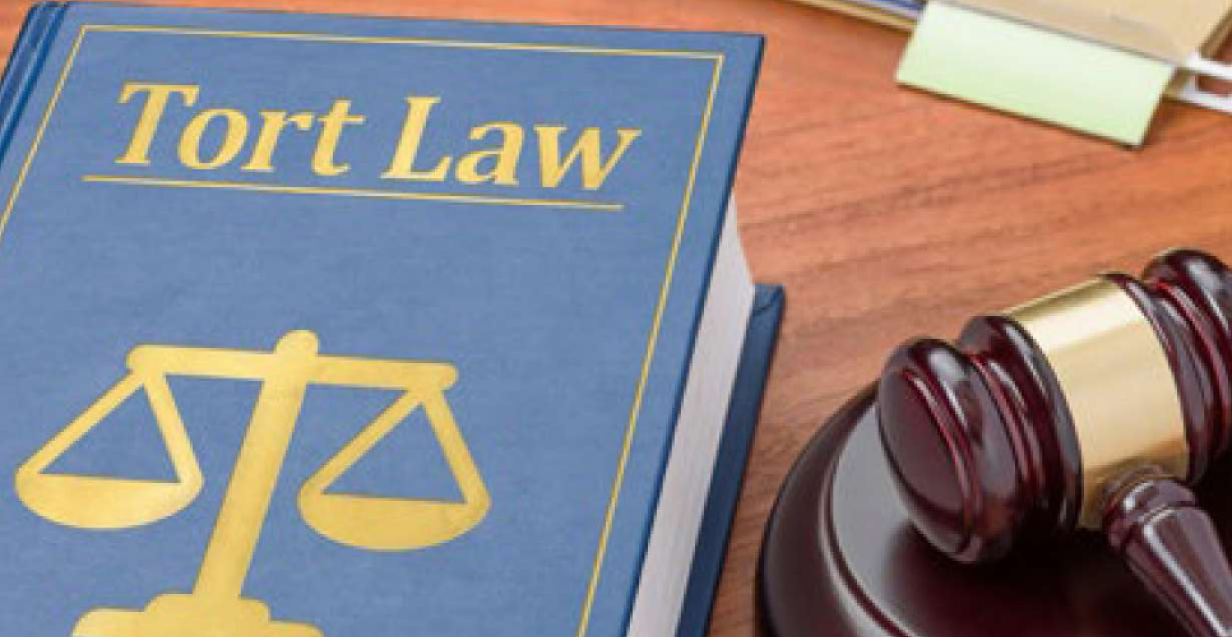This is the third article in a series that lights the way to success under Florida Tort Reform’s Section 768.042Z This article will provide a deeper analysis of the distinctions between Subsections (2)(a) and (2)(b) and lay the foundation for the deeper dives into the four parts of Subsection (2)(b) that will be presented in later articles.
Section 2 of the Statute governs admissible evidence to prove the amount of damages for medical services. Subsection (2)(a) applies to bills for past medical services that have already been satisfied and Subsection (2)(b) applies to such bills that have not been satisfied.
Tax Guidance for Structured Attorney Fees
(a) Evidence offered to prove the amount of damages for past medical treatment or services that have been satisfied is limited to evidence of the amount actually Ltd, regardless of the source of payment.
First, because Subsection (2)(a) deals with admissibility rather than pre-trial discovery, the relevant time to consider the satisfaction of bills is the date of trial. Thus, Subsection (2)(a) applies only to bills satisfied before trial. Second, the only evidence a plaintiff can present to a jury is the amount that was paid to satisfy the bill. Thus, a plaintiff cannot present a medical provider’s charged amount. Third, Subsection (2)(a) applies to all pre-trial payment sources: (a) commercial health insurance (including out-of-network payments which can be 100% of the charged amount), (b) government programs, and (c) self-pay patients.
Importantly, Section 4 of the Statute states that a jury award cannot exceed the amount that a jury may consider under Section 2. Thus, the jury cannot award more than the amount that was paid to satisfy a bill before trial.
Subsection (2)(a) cannot apply to (a) commercial health insurance payments that were not yet made at the time of trial, such as when a health insurer denies payment and the denial is under appeal at the time of trial; (b) reimbursements from a patient or the patient’s law firm that occur after trial; nor (c) assignments of medical bills to purchasers of accounts receivable.
Subsection (2)(b), on the other hand, applies to evidence relating to unsatisfied medical bills:
(b) Evidence offered to prove the amount necessary to satisfy unpaid charges for incurred medical treatment or services shall include, but is not limited k, evidence as provided in this paragraph.
First, Subsection (2)(b) applies whenever a medical provider (a) does not take health insurance at all, (b) opts out of Medicare, (c) takes health insurance, but (i) permits patients to waive use of health insurance so the patients can avoid co-payments, (ii) uses modalities that health insurance will not reimburse, or (iii) fails to properly submit bills, or (d) sells the account receivable to a third party. Second, Subsection (2)(b) expressly states that the evidence that can be presented regarding unsatisfied charges is “not limited to” the evidence expressly rendered admissible in the four parts contained within Subsection (2)(b). This is critical because Subsection (2)(b)(5) is a “catchall” that renders admissible “any evidence of reasonable amounts billed.” For reasons that cannot be addressed in this short article, Subsection (2)(b)(5) will include charged amounts. Thus, unlike Subsection (2)(a), Subsection (2)(b) does allow a plaintiff to present a provider’s charged amount.
Importantly, Section 4 of the Statute allows a jury to award an amount that the jury was permitted to consider under Section 2. Because Subsection (2)(b) allows a jury to consider charged amounts, a jury may award the full charged amount. The subject of upcoming articles is how to convince a jury to award an amount approaching the full charge.


